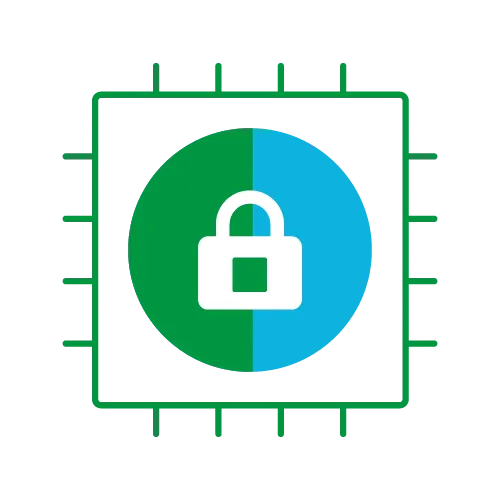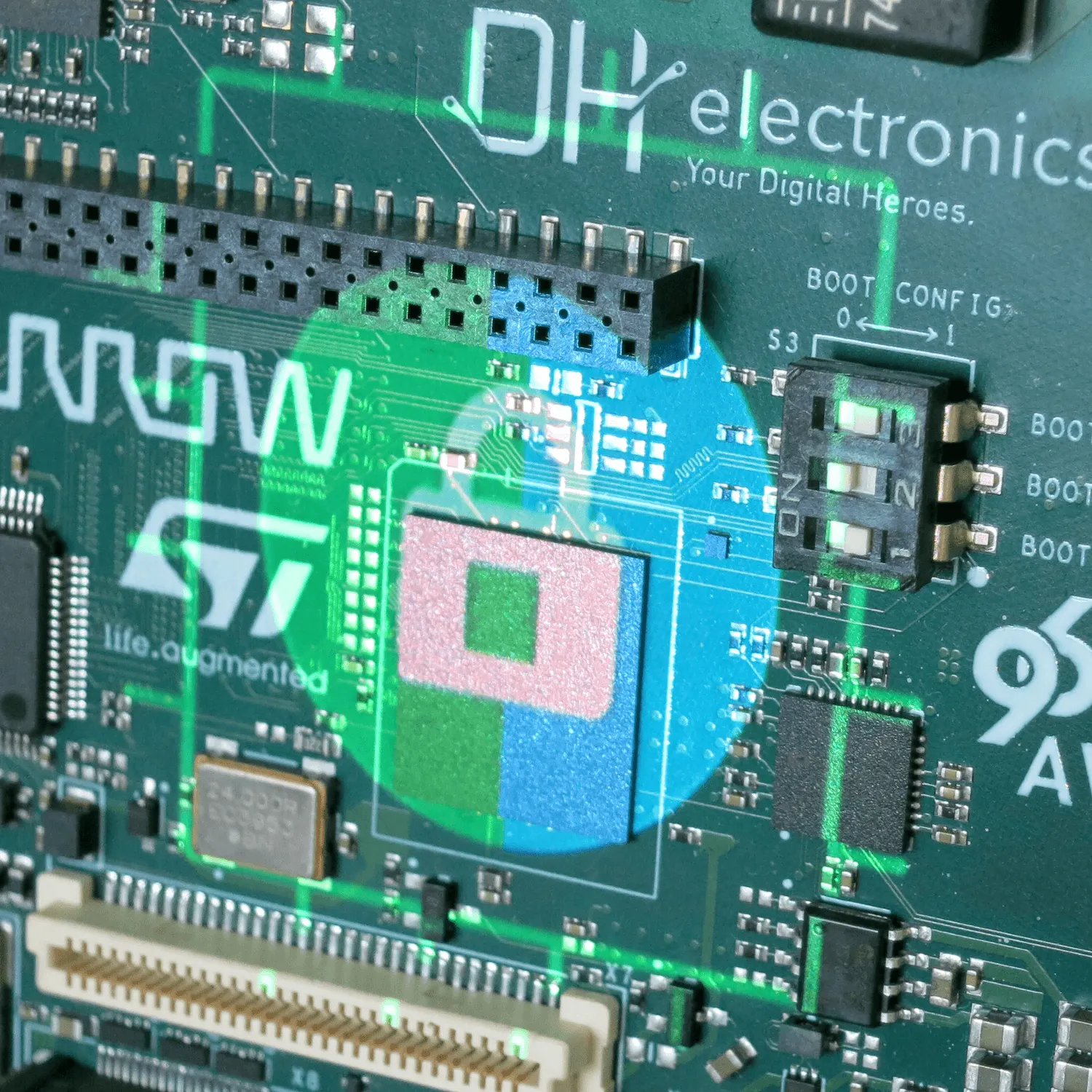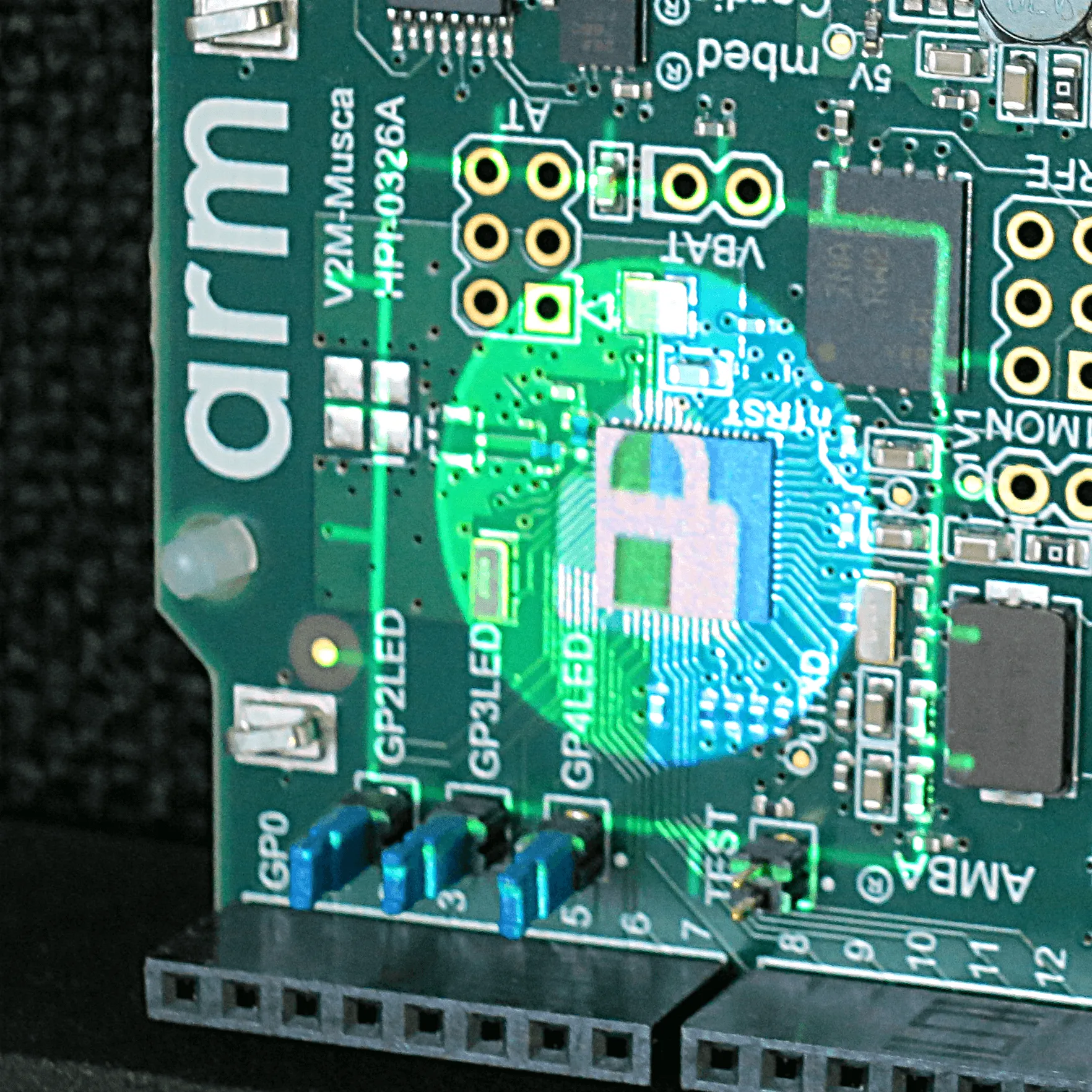As an Open Source community project, Trusted Firmware is committed to building a platform that allows the development of Trusted Firmware-A and Trusted Firmware-M in a collaborative manner. The mailing list discussions on the design and other technical aspects of the code base, open gerrit for reviewing patches publicly, are aimed towards nurturing collaboration.
Testing of the codebase is an important aspect in the Software Development Lifecycle. In projects such as Trusted Firmware-A and Trusted Firmware-M, where the codebase is continuously evolving with new features, enhancements, different build configurations, multiple platform support and contributions from across the Arm ecosystem, it is essential to have a Continuous Integration (CI) System. It ensures that the development of the codebase doesn’t introduce any regression on existing capabilities in the system and enforces functional and quality criteria on all new accepted changes.
Over the last several years, it has become increasingly important to have a CI system for Software projects as they go through development to ensure that a pre-set quality level is always maintained in the codebase avoiding wasting engineering time to spot regressions after being introduced thus effectively reducing the development and maintenance cost for the project.
As a community project, Trusted Firmware obviously needs a Continuous Integration System that is available and visible to all Trusted Firmware developers and stakeholders. This makes it possible for Trusted Firmware developers to see if their proposed changes pass all mandatory tests and address any possible regression before merging it to the codebase. It also gives an exact view on the quality level of the code base to the stakeholders.
As a first step, there is now an initial deployment of an Open Trusted Firmware-M CI in the Trusted Firmware infrastructure hosted by Linaro. As shown in the diagram below, every patch submitted in TF- M gerrit is communicated to Jenkins through a web-hook trigger. Jenkins will capture that information and build different configurations on a docker build slave. Once this stage is complete, the generated artefacts can be deployed and tested on FPGA or Hardware platforms through Linaro’s LAVA. In the final step, Jenkins collects all the information into a report, and determines the pass/fail status of a patch which is then communicated back to gerrit. In this initial deployment LAVA runs the TF-M regression test on an MPS2+ board.

This has now made it possible to verify whether any new patch pushed to gerrit is introducing any regression. There are more MPS2+ boards getting added to make it possible to get through the testing of the patches submitted in gerrit quicker.
Beyond this initial deployment, there are several enhancements being planned such as adding more build configurations, static analysis checks, results displayed in dashboard, additional platforms from Trusted Firmware members to increase coverage. Additional regression tests and nightly regression testing of the master branch will also get added. Trusted Firmware-A will also have a similar CI deployed soon.
The initial CI deployment is another milestone in the collaborative journey of Trusted Firmware making the testing completely transparent and stakeholders to jointly maintain and increase the quality of the Trusted Firmware project.
Useful links:
TF-M CI Portal: ci.trustedfirmware.org
Sample LAVA Tests Results: validation.linaro.org/scheduler/job/1919709
Author: Shebu Varghese Kuriakose


